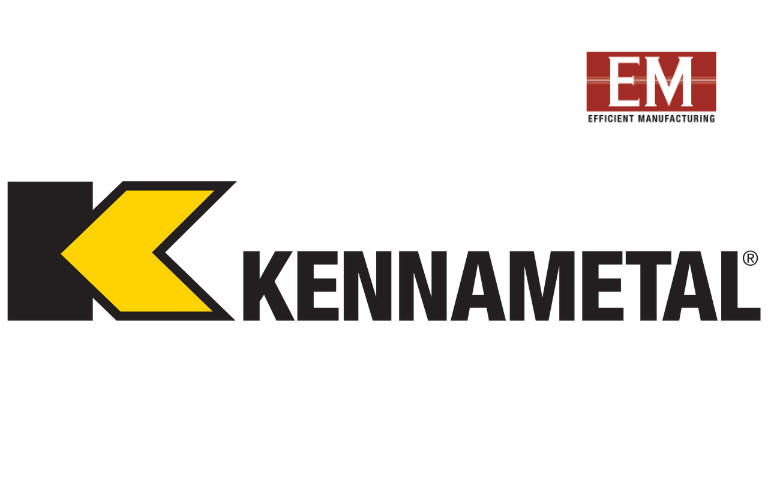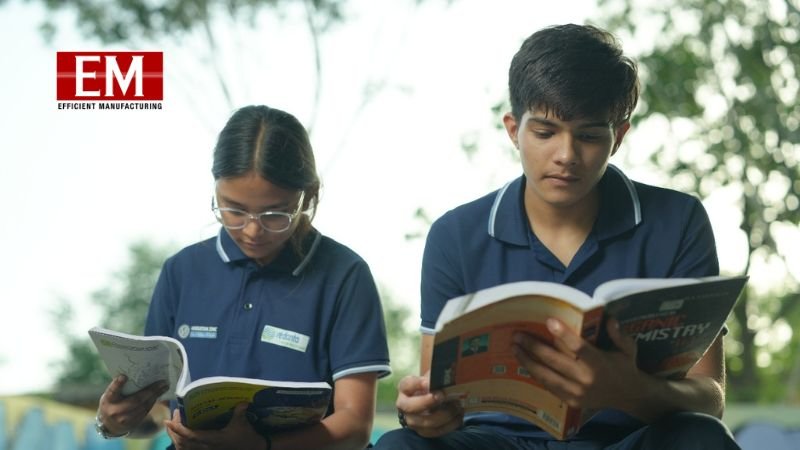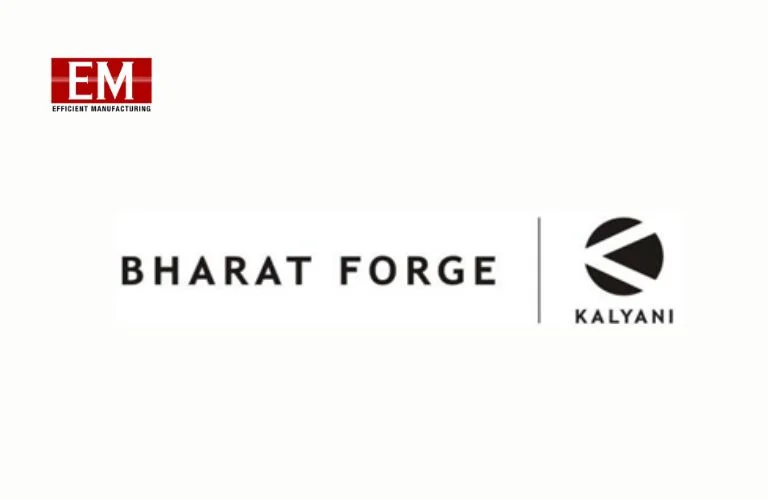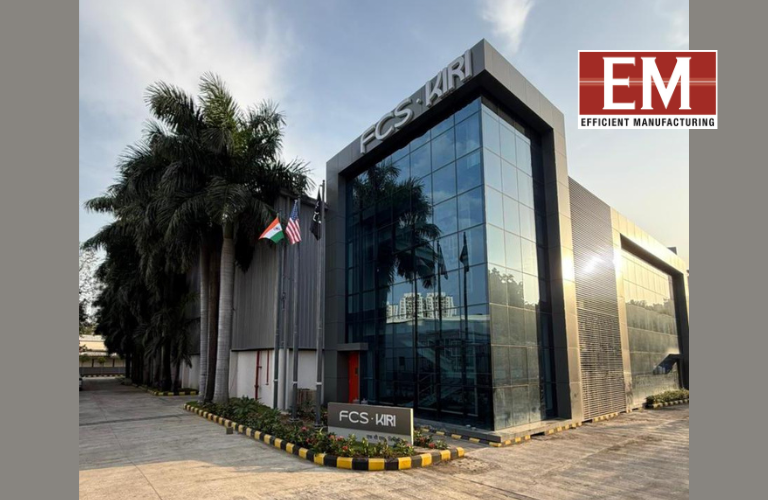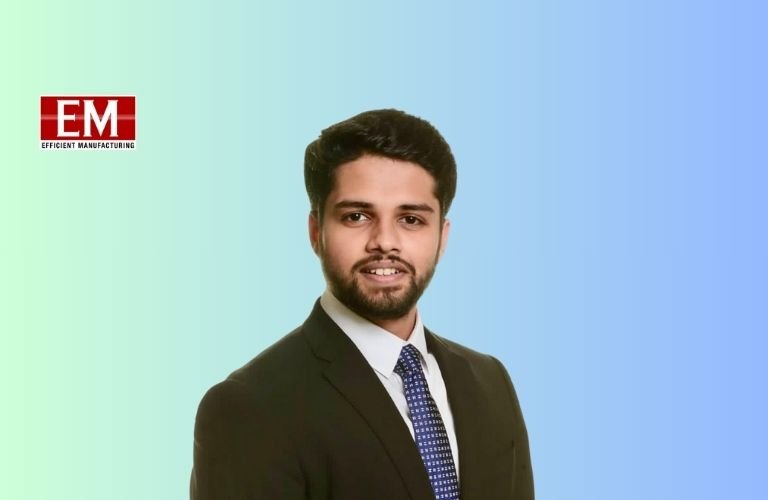In this conversation with Efficient Manufacturing, Sarvadnya Kulkarni, CEO of General Instruments Consortium, speaks to Kaushal Dighavkar about the company’s evolution from a small workshop to a global player in instrumentation. He highlights key growth drivers, export strategies, and future plans, while also addressing the need for skill development in tech-driven manufacturing.
1. What were the key milestones in General Instruments’ journey from a single workshop to a presence in 40+ countries?
General Instruments started in 1966 when Capt. M.M. Kulkarni, after serving in the Indian Army, set up a small workshop in Mumbai. In the early years, we manufactured temperature gauges using basic tools and had only four to five workers. The 1980s and 1990s marked a phase of growth, with the setting up of larger manufacturing facilities and the addition of pressure, level, and flow instruments to our product line. Over the next two decades, we became trusted suppliers to major clients in the oil, gas, power, and chemical industries across India. A significant shift happened in the 2010s when we focused on international markets. Today, we have a presence in over 40 countries and are working with global companies such as Shell, SABIC, and TotalEnergies. Our progress has been driven by product quality, engineering capability, and long-term customer relationships.
2. What growth levers helped you cross the USD 30 million mark, and how are you planning to sustain this momentum?
Several factors helped us achieve this milestone. A key driver has been our strong export focus, especially in regions like the Middle East, Southeast Asia, and Europe. We have always believed in engineering solutions tailored to customer needs, which has helped us win complex and high-value projects. Our long-standing relationships with customers and partners have also led to repeat business. Internally, we have made significant investments in automation and digital tools, including the development of our own enterprise system to manage operations efficiently. Going forward, we aim to build on this by investing in research and development, increasing our manufacturing capacity, entering new markets, and strengthening our digital and supply chain capabilities.
3. Which geographies are part of your next-phase global expansion, and what’s driving the choice of these markets?
Our next phase of expansion includes Saudi Arabia, Central Asia, and the United States. Saudi Arabia is a key focus due to the large-scale infrastructure and energy projects under its Vision 2030 plan. Central Asia is still an underpenetrated market, but we are seeing growing demand in sectors like oil, gas, and infrastructure. We are actively exploring partnerships and local distribution networks in that region. In the United States, recent policy changes have opened up opportunities for Indian manufacturers, especially as many companies look for alternatives to Chinese suppliers. These markets align with our strengths and allow us to bring our products and services closer to end-users.
4. What’s your strategy for doubling exports? Are you looking at new verticals, deeper penetration, or both?
We are pursuing both strategies, expanding into new sectors while deepening our presence in existing ones. On one hand, we are entering industries such as renewable energy, pharmaceuticals, and other high-end process sectors that require specialized instruments. On the other hand, we are also focused on increasing our wallet share with existing customers by offering complete instrumentation packages and bundled solutions. To support this, we are investing in local certifications, improving lead times, and setting up support teams closer to customer locations. Our aim is to become a trusted global partner by offering both quality and convenience.
5. With rising U.S. tariffs on engineering goods, how can Indian manufacturers diversify exports and reduce market dependency?
Indian manufacturers need to reduce dependency on a few markets and focus on a wider export base. Regions like Africa, the Middle East, ASEAN countries, and Latin America offer strong opportunities, especially since Indian products are known for their balance of quality and cost. Another way to address trade challenges is by setting up local assembly units or forming joint ventures in strategic locations. This allows companies to be present in the market and avoid tariff issues. Finally, we need a stronger global push to promote India’s manufacturing capabilities. With a skilled workforce and growing innovation, India can position itself as a reliable alternative to traditional supply chains.
6. What’s needed to close the skills gap in engineering and equip talent for tech-driven manufacturing?
Closing the skills gap requires collaboration between industry and academia. Curricula need to be more aligned with current industry needs. At General Instruments, we’ve partnered with over 10 engineering colleges where we’ve set up labs and created hands-on learning opportunities through internships and industrial visits. We’ve also launched an in-house training program called “Future Engineers,” which puts fresh graduates through a one-year rotational learning model across the shop floor, design, and engineering departments. In addition, we believe in continuous learning, especially in digital tools, automation, and smart manufacturing techniques. A stronger focus on vocational education will also help prepare students for real-world engineering roles early in their careers.


